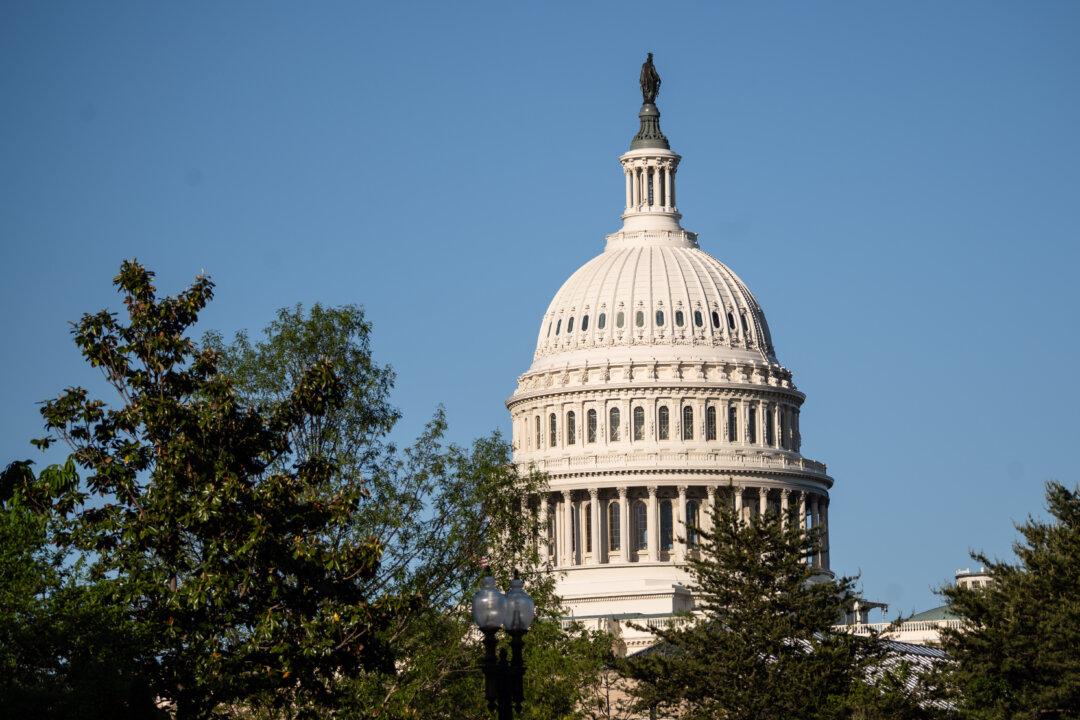News analysis
A social security tax reform introduced by the Chinese authorities this July has been criticized for putting more pressure on small-to-medium enterprises. Employers and employees will have to foot an estimated extra 2 trillion yuan (about $300 billion) annually in order to comply with the updated tax, which will take effect in 2019.
On July 20, the Chinese state released its Reform Plan on the National and Local Taxation Collection and Management System. The plan will be effective next Jan. 1.
On Aug. 20, five ministries — including the State Administration of Taxation, Ministry of Finance, and Ministry of Human Resources and Social Security — convened a meeting to transfer duties for social insurance and non-tax revenue collection and management. The transfer work should be completed by Dec. 10, per mainland reports.
Hua Changchun, a macroeconomist of the Guotai Jun’an Securities Research Team, said that the Chinese Communist Party (CCP) authorities introduced the Reform Plan to counter tax evasion and to cover increasing shortfalls in social insurance funding.
According to Hua, the new social security plan will greatly increase small-to-medium enterprise (SME) operating costs, affecting profits and badly impacting employees’ incomes.
Companies will pay an additional 1.5 trillion yuan per year, reducing their earnings by about 13 percent. As the Reform Plan increases corporate operating costs, it essentially passes on these burdens to the employees, whose consumption will in turn decrease. Hua’s research team estimated that the Reform Plan will cause a 1.5 percent hit to China’s GDP.
Exorbitant Fees
The social security tax rate in China is already very high when compared with most countries at any level of development. For instance, the corporate pension rate in China is about 20 percent, compared with 8.25 percent in Japan, 9.3 percent in Germany, and Sweden’s 9.25 percent, and just 6.2 percent in the United States.According to the study by Guotai Junan Securities, the percentage of pre-tax income for Chinese companies and employees that must go to various forms of insurance is double that of the global average.
The China Enterprise Social Insurance White Paper 2017’s survey shows that fewer companies are paying the full share of taxes. In 2015, about 40 percent of companies paid their fees, while this figure had dropped to 25 percent by 2017. Over 70 percent of companies fell short in their social security payments.
Aging Demographic Exacerbates Social Security Woes
Pension deficits are worsening as the Chinese population grows older.According to the China Pension Report 2016, in 2015, the Pension Fund Individual Accounts currently comprises “empty accounts” of 4.7 trillion yuan (around $684 billion) in net value. Current pension payments are paid out of “accumulated balances” which amount to only about 3.5 trillion yuan, making a 1.2-trillion yuan shortage.
The pension system includes two components: the base pension and the personal account pension. The employer pays 20 percent into the base pension fund that the government distributes to retirees, while the 8 percent paid by the employee goes to his or her personal account.
If the government doesn’t have sufficient funds to pay pensioners from base funding, it has to draw money from employees’ personal accounts. Once it has been spent, the account becomes an “empty account.”
Demographic forecasts show that by 2020, over 255 million Chinese will be aged 60 or older — nearly 18 percent of the total population. By 2030, the figure will rise to 320 million.
However, the government is paying current pensioners using funds contributed by people born between the 1970s and 1990s. It is unclear how their own pensions will be funded when they reach retirement age.





